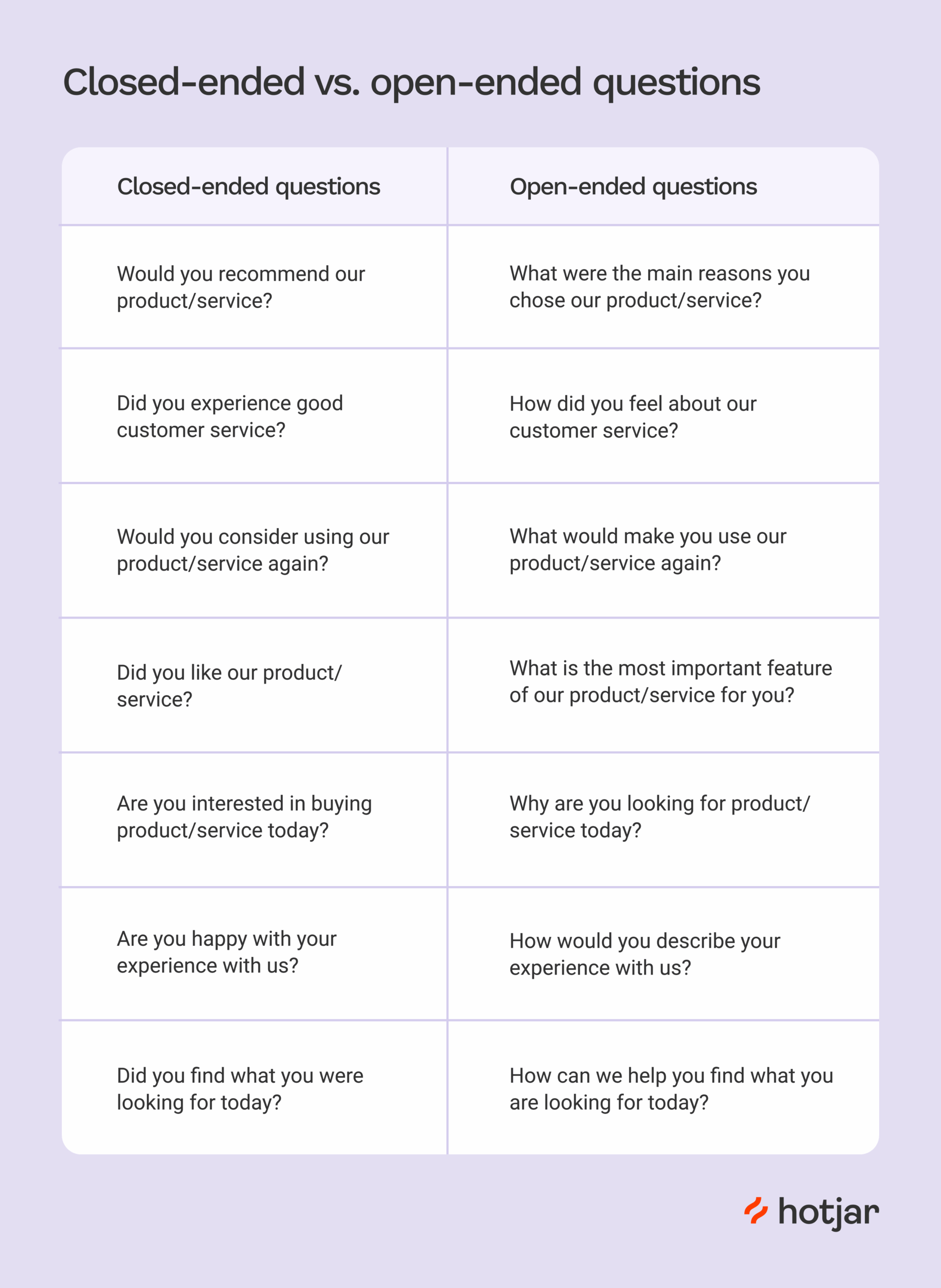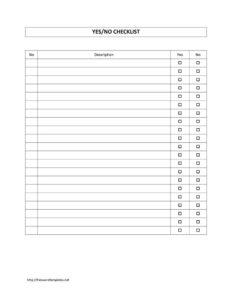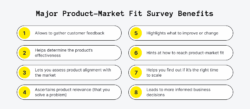When you are looking to truly understand the nuanced opinions, experiences, and feelings of your audience, stepping beyond simple yes or no answers is crucial. While multiple choice and rating scales are efficient for collecting quantitative data, they often leave out the richness and depth that qualitative feedback provides. This is where the power of open ended questions comes into play, inviting respondents to elaborate in their own words, sharing insights you might never have anticipated.

Imagine being able to uncover the “why” behind a particular rating or the specific suggestions for improvement that could transform your product or service. Open ended questions allow for this level of detail, providing a direct window into the minds of your participants. Crafting the right questions and structuring them effectively within a survey template open ended questions framework can elevate your data collection from mere numbers to compelling narratives.
Unlocking Deeper Insights with Open Ended Questions
The primary advantage of incorporating open ended questions into your surveys lies in their ability to uncover unexpected insights. Unlike closed ended questions which limit responses to predefined options, open ended questions give respondents the freedom to express themselves fully. This often leads to the discovery of new ideas, pain points, or positive aspects that you might not have considered when designing your initial set of questions. It helps in gaining a more holistic understanding of the subject matter.
Think about a customer satisfaction survey. A closed question might ask “Are you satisfied with our customer service Yes or No” While useful for a quick metric, an open ended question like “What specifically could we do to improve your experience with our customer service” provides actionable feedback. This distinction is vital for businesses and researchers who aim to make data driven decisions that truly resonate with their audience’s needs and desires.
Of course, analyzing open ended responses requires a different approach compared to quantitative data. It often involves qualitative data analysis techniques such as thematic analysis or content analysis, where you look for recurring patterns, themes, and sentiments within the text. While more time consuming, the depth of understanding gained often far outweighs the effort, leading to more impactful improvements and innovations.
Crafting Effective Open Ended Questions
To maximize the value of open ended questions, it is essential to formulate them carefully. A poorly phrased question might lead to vague answers, or worse, no answer at all. The goal is to encourage thoughtful, detailed responses without overwhelming the participant. Clarity and specificity are your best friends here, guiding respondents to provide the exact type of information you are seeking.
Consider these points when drafting your open ended questions
- Be clear and concise Avoid jargon or overly complex language that might confuse your audience.
- Avoid leading questions Ensure your question does not suggest a preferred answer, as this can bias the responses.
- Focus on one idea per question Do not try to ask multiple things within a single question.
- Provide sufficient context Make sure respondents understand what information you are looking for and why.
- Consider the respondent’s time While you want detail, be mindful of how long it might take to answer.
Applying Open Ended Questions in Various Survey Scenarios
Open ended questions are incredibly versatile and can be effectively used across a wide range of survey types, from market research to employee engagement and academic studies. Their adaptability makes them an invaluable tool for any researcher or organization seeking a comprehensive understanding of their target group. They allow for a more human centric approach to data collection.
For instance, in market research, an open ended question like “What features would you most like to see in a future version of our product” can unearth innovative ideas directly from potential users. Similarly, in an employee feedback survey, asking “What are the biggest challenges you face in your daily work” can pinpoint systemic issues that might otherwise go unnoticed by management.
Customer feedback surveys also greatly benefit from open ended questions. While a rating of five stars is good, knowing why a customer gave five stars by asking “What aspects of your recent purchase did you enjoy the most” provides valuable insights into what your company is doing right. Conversely, understanding the reasons behind a low rating through a question like “Could you explain why you rated your experience as poor” offers crucial information for targeted improvements.
Here are some common scenarios where open ended questions excel
- Customer satisfaction surveys Uncovering specific delights or pain points.
- Employee engagement surveys Identifying morale boosters or organizational challenges.
- Product development surveys Gathering user needs and feature requests.
- Academic research Exploring complex social phenomena or individual perspectives.
- Event feedback surveys Capturing memorable moments or areas for improvement.
The strategic inclusion of open ended questions transforms a standard survey into a powerful listening tool. By allowing participants to express themselves freely, you gain access to a treasure trove of qualitative data that can inform critical decisions, foster innovation, and build stronger relationships with your audience. It is about understanding the narrative behind the numbers.
Harnessing the full potential of a thoughtfully designed survey template open ended questions is a skill that pays dividends in richer data and more meaningful insights. It moves you beyond surface level understanding to a deep appreciation of perspectives, enabling you to make truly informed choices that resonate with the real experiences of your stakeholders. Embracing these questions means embracing the true voice of your audience, leading to more impactful outcomes and a deeper connection.


